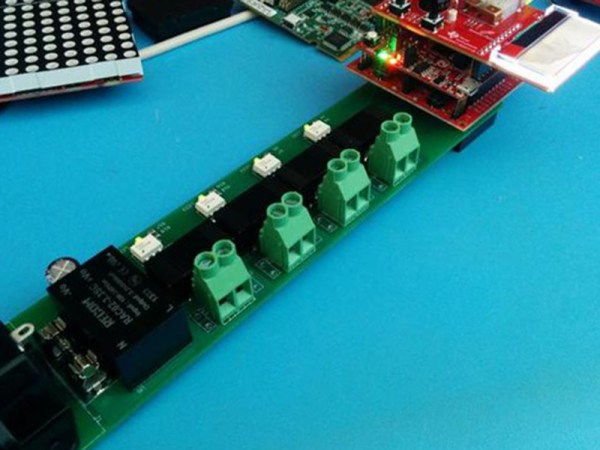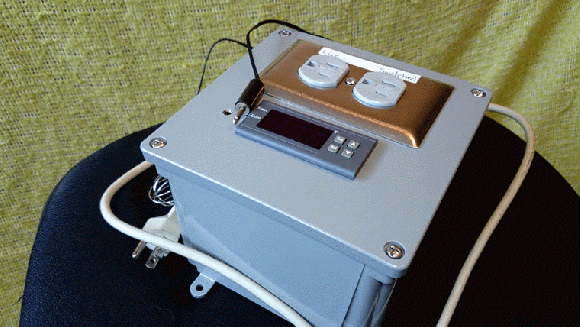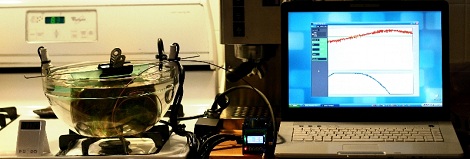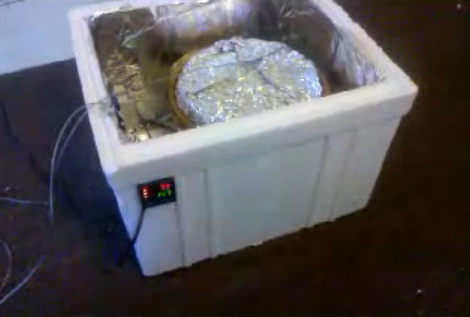It’s time once again for Americans to gorge themselves on hormone-laced meats covered in several sauces and gravies, all of which inexplicably contain corn syrup. It’s also Thanksgiving this Thursday, so there’s that, too. If you have a turkey defrosting somewhere, you’ve probably gone over all your cooking options – the oven, a giant propane-heated pot of peanut oil, and yes, even sous vide. [Trey] over at TI came up with a great sous vide controller using a few LaunchPad Booster packs, and surprisingly, he can even cook a turkey.
The basic idea of sous vide is to vacuum pack your protein, put it in a closely-controlled water bath, and cook it so the inside is always the same temperature as the outside. It’s delicious, and it takes a long time. We can automate that, though.
[Trey] is using a USB LaunchPad and a thermocouple BoosterPack to monitor the temperature of a water bath. A custom SSR board is wired right into the heater, and a CC3100 provides a network connection to monitor the bird. While the network may seem a bit superfluous, it’s actually a great idea; sous vide takes hours, and you really don’t dote on your warm tub of water. Being able to receive SMS alerts from a sous vide controller is actually a great idea.
With everything wired up, [Trey] tried out his recipe for deep-fried turkey porchetta. From the pictures, it looks great and according to [Trey] it was the juiciest turkey he’s ever had.



















